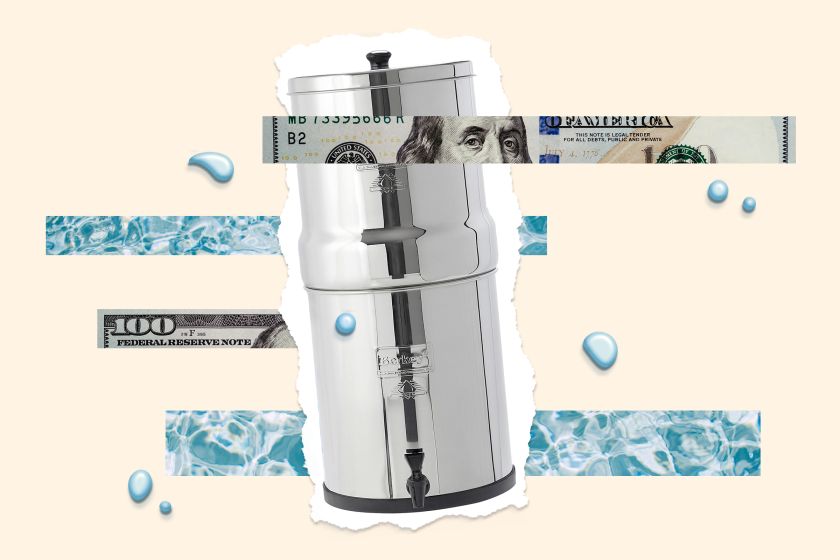Snakes on a plane? No, but definitely at this airport

Talk about snakes not on a plane but at the airport? San Francisco International Airport hosts the “largest, most stable population” of the federally protected San Francisco garter snake or Thamnophis sirtalis tetrataenia, according to a study released in June. The 1,300 snakes live on wetlands amid 180 acres of undeveloped land across Bayshore Freeway from the airport. The carefully managed habitat, which is off-limits to the public, hosts a second endangered species: the California red-legged frog. That makes sense because the frogs are one of the garter snake’s favorite snacks. Here’s the study on the snake and its habitat.

The Bay Area airport isn’t alone in providing a much-needed home to certain species. Los Angeles International Airport manages a 200-acre dune site, also off-limits to the public, that’s dedicated to the endangered El Segundo blue butterfly and sea cliff or coast buckwheat, which it likes to eat. California gnatcatchers once nested at the LAX Dunes Preserve, and burrowing owls moved in a few years ago. But the real hidden gem is 43 acres of undisturbed dunes, the largest remaining coastal dune fragment in Southern California, according to an LAX publication. Hard to believe a bustling urban airport can create “undisturbed” habitats where these creatures thrive.
“For wintering owls, this tiny chunk of land has become priceless coastal real estate,” Pete Bloom, a biologist and avian expert, said in a 2019 Los Angeles Times story, raising his voice over the deafening roar of aircraft a few hundred feet overhead. “That’s because there is no place else left for them to go in the city of Los Angeles.”
3 things to do this week

1. Try an easy trail on the Palos Verdes Peninsula that won’t leave you scorched. The dog days of summer have a way of draining anyone out for a trail run, mountain bike ride or day hike. My advice during triple-digit temperatures is to keep it short — and go early in the morning or late in the day to avoid midday heat. George F Canyon (no one’s really sure who it’s named after) in Rolling Hills Estates is shaded at the start by willows that later give way to lemonade berry, sage, buckwheat and sagebrush. The narrow canyon climbs gently to a high point of 620 feet in a 1.8-mile out-and-back route. Stop to sit on a bench under the shade of a Catalina cherry tree and savor the views at a lookout beneath an elderberry tree. Plenty of benches for resting or meditating (or both) on this easy route. Details on this and other shady hikes here.
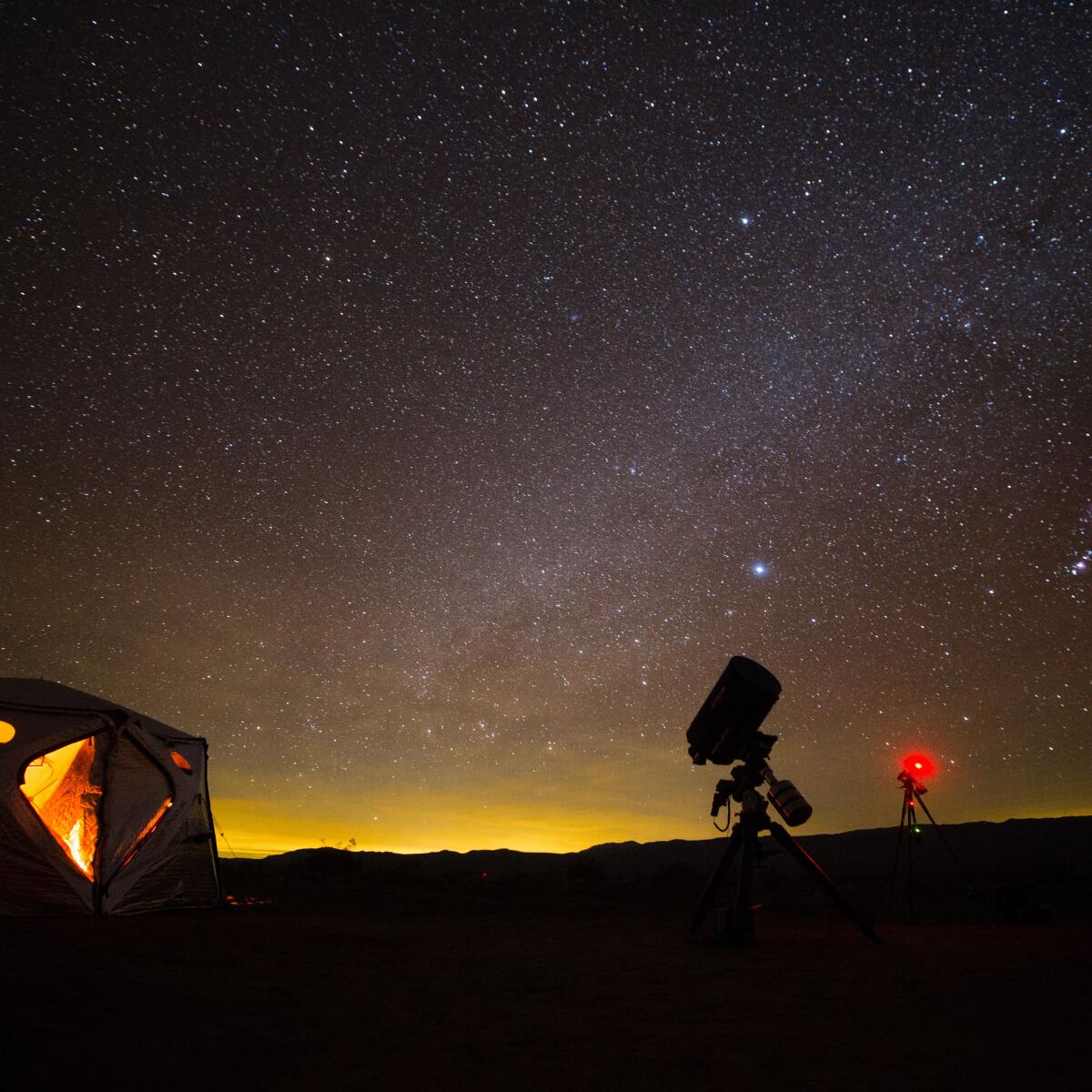
2. Plan the perfect New Year’s Eve stargazing party now. The Quadrantids meteor shower arrives in late December/early January, the perfect time to throw a party in the desert to watch fireballs in the sky. The Eastern Sierra Observatory will host four nights of meteor watching with astronomy lectures by Caltech computational astrophysicist Cameron Hummels and photography workshops (two nights) by Oshin Zakarian. Visitors bring their own camping gear (tent, sleeping bag, headlamps, etc.), and portable toilets and a warming hut are provided at the camp on private property west of the park in Panamint Valley. Hike in Death Valley and Trona Pinnacles by day, watch the sky by night. $155 per person, Dec. 31 to Jan. 4. More info here.
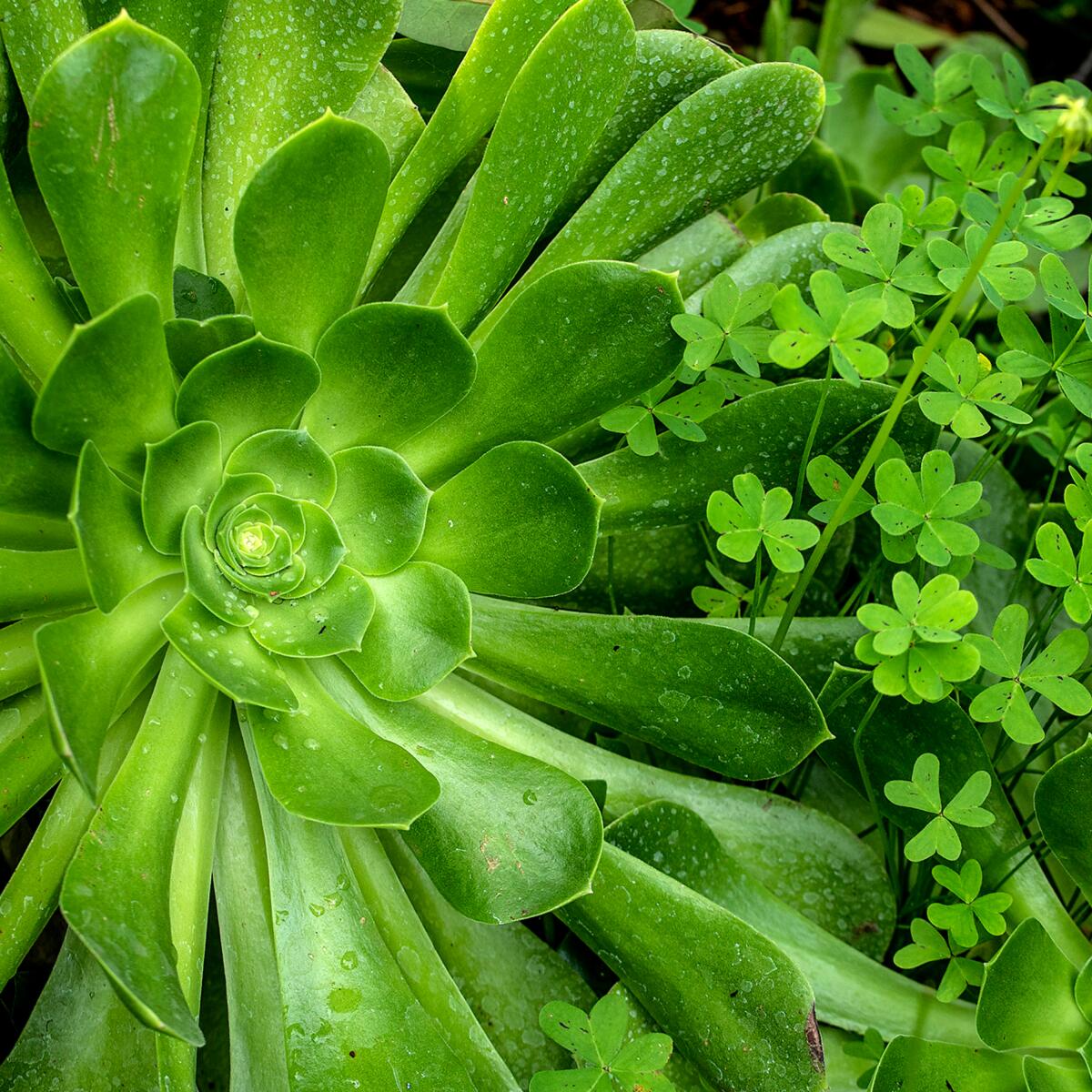
3. Join a virtual succulent summit at the Huntington. SoCal is supposed to be the perfect place to grow succulents, but sometimes even experts get frustrated with propagating them. The Huntington will host the event, which includes “a one-hour lightning-round discussion about the plants that challenge them the most as growers and put their skill sets to the test” at the 38th Succulent Plants Symposium. There’s also a 30-minute Q&A. The free event (you must reserve in advance) is planned for 4 p.m. Sept. 3 over Zoom. Register here. Looking for places to buy succulents and other plants? Check out our list of the 35 coolest plant shops you can find only in L.A.
The must-read
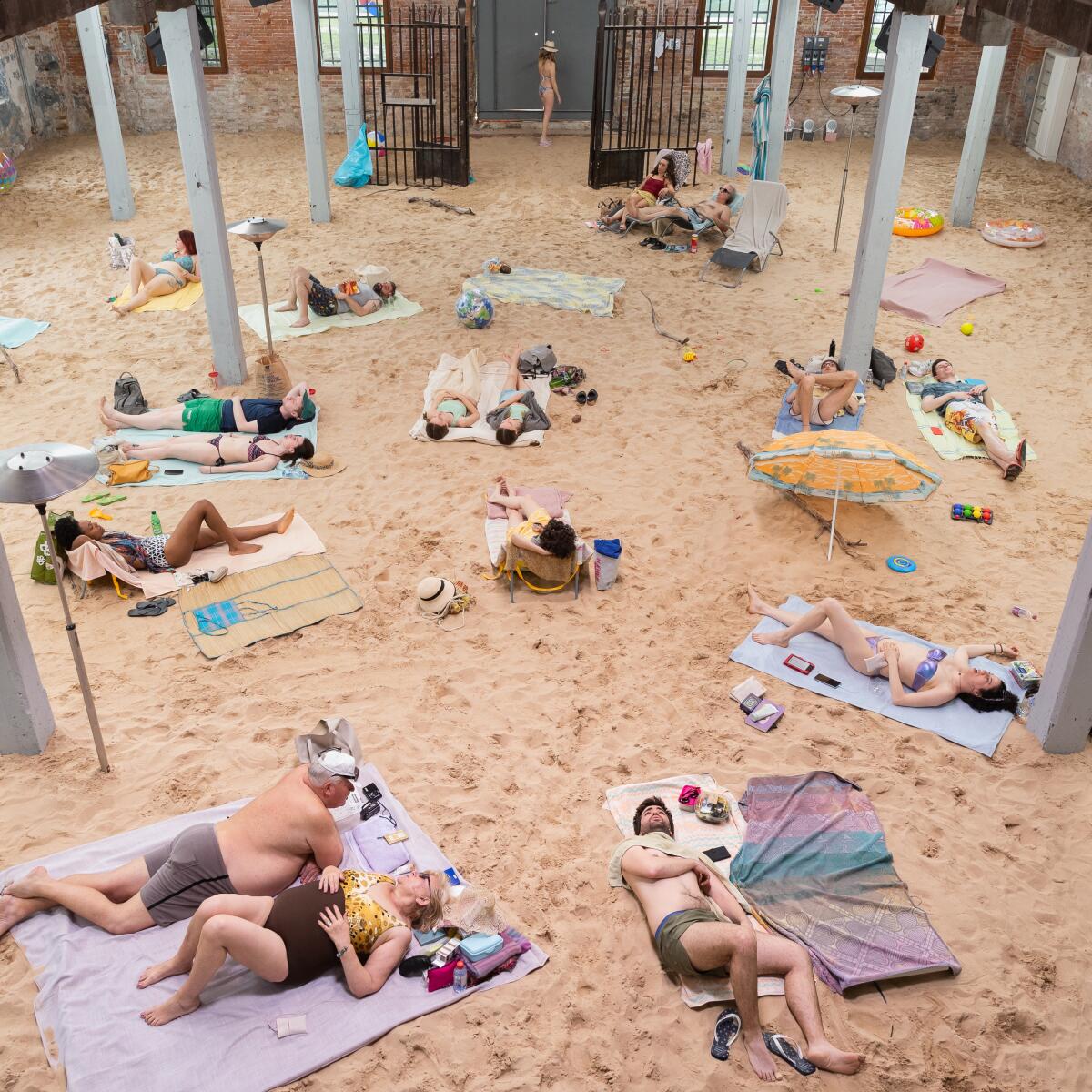
Whoa! L.A. is about to get a new beach — and it’s nowhere near the coast. Picture tons of sand being poured into a gallery at the Geffen Contemporary in downtown L.A. to create a realistic beach experience. It’s the setting for “Sun & Sea,” a climate-crisis opera created by three Lithuanian women that took the top prize at the 2019 Venice Biennale.
Times writer Debrorah Vankin reports: “Thirteen singers and eight non-singing performers, all part of the Lithuanian company Neon Realism, will relax on towels, slather on sunscreen, play badminton, nibble on snacks and build sandcastles as they perform the libretto, translated from Lithuanian into English. A live dog and several children fill out the crowd, and there’s plenty of ambient beach noise — chatter and laughter, the crinkling of food wrappers, a popping volleyball — layered over the recorded musical soundscape and live singing.” Read more about the show set to make its West Coast debut Oct. 14.
The red flag
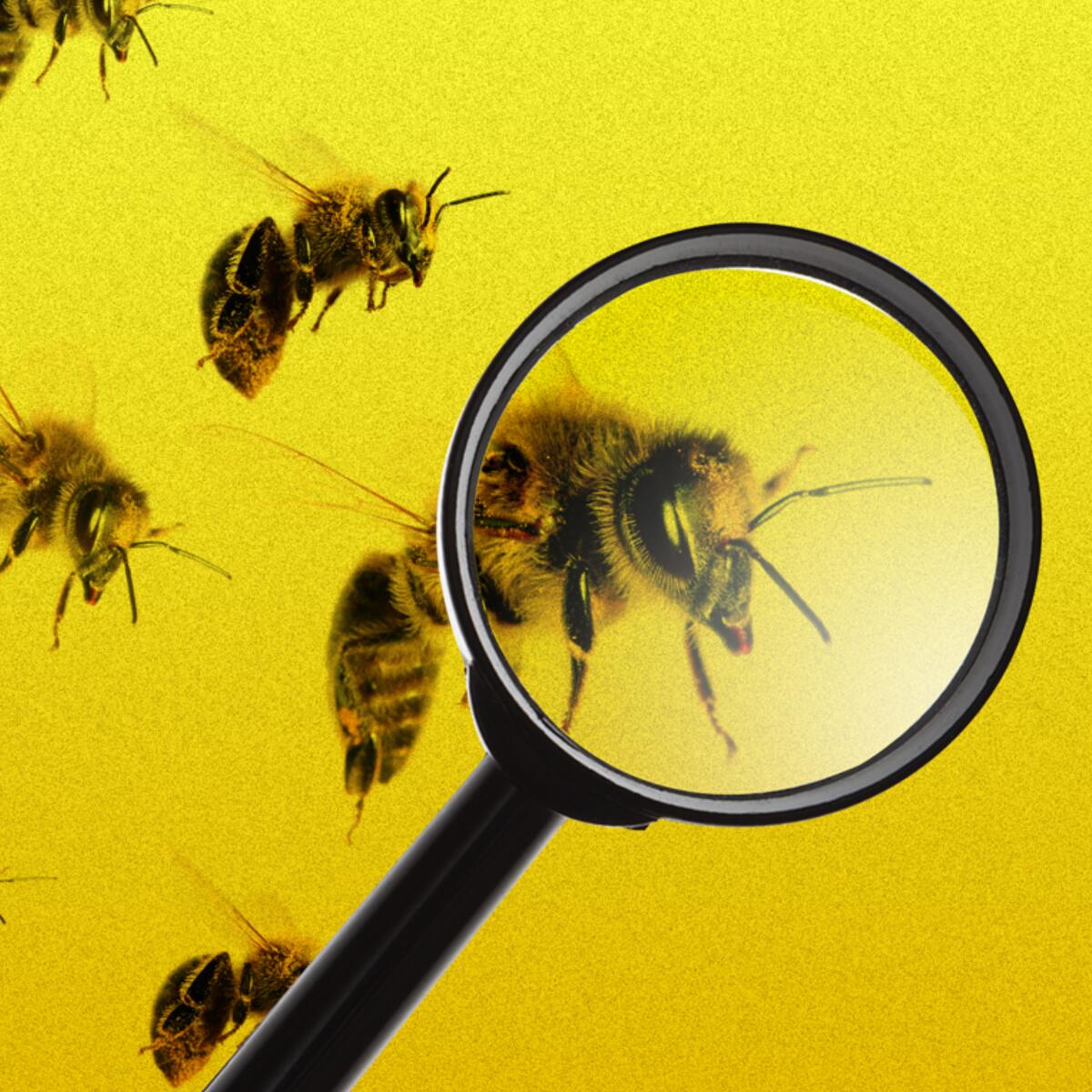
Most of us know that honeybees are super-pollinators vital to our food chain and that they’re in danger of being wiped out by certain insecticides. But here’s what I didn’t know: Many products used by home gardeners don’t use the word “neonicotinoids” (one of the most dangerous pesticides to bees) on their labels.
“Instead, the pesticide is listed under other tongue-twisting names, such as imidacloprid, clothianidin, thiamethoxam and acetamiprid,” a Times story says. “To help consumers cut through the confusion, the Center for Food Safety has compiled a long list of products that include neonicotinoids at beyondpesticides.org so gardeners can check whether the insecticide they’re using to kill the aphids on their roses is also rubbing out bees.” Read the full story to find out what plants help bees and what products harm them.
Wild things
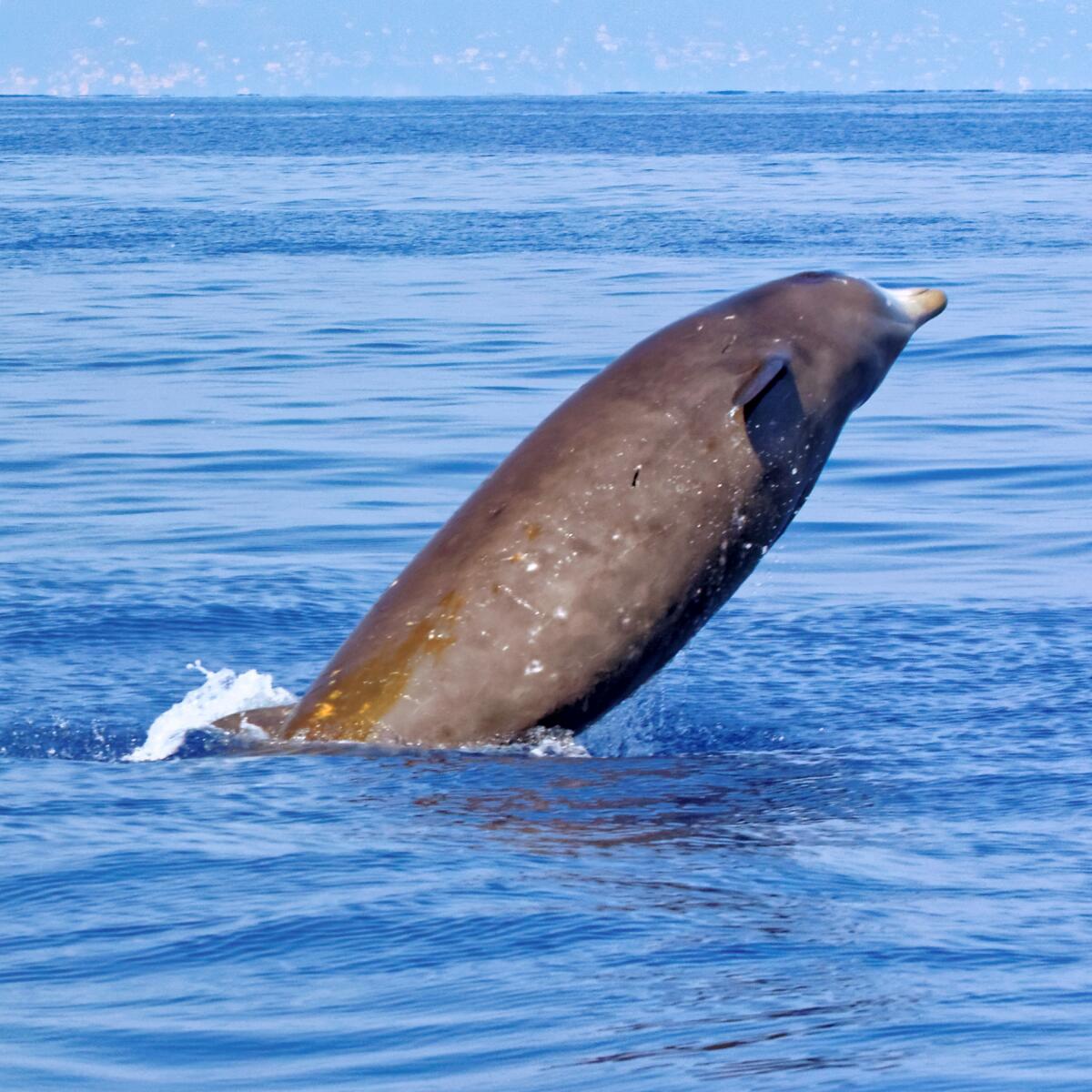
When it comes to whale watching, most folks in SoCal have seen Pacific gray whales, which migrate along the California coast in fall and winter, blue whales and maybe a humpback or two. But yellow whales? Domenic Biagini at Gone Whale Watching San Diego posted a video Aug. 10 on social media of a yellowish-brown whale with a white face, a.k.a., Cuvier’s beaked whale. The color, by the way, isn’t natural; it’s caused by the “infestation of microscopic diatoms and algae” on the whale, according to NOAA. One more thing about Cuvier’s whales: They like to dive deep. A report in Nature last year noted that these whales can remain underwater as long as three hours before coming up for air.
P.S.

Just in case you had plans to camp, hike or backpack up north: Nine Northern California national forests have shut down through Sept. 6 because of the wildfires. They include Tahoe, Plumas, Lassen, Mendocino, Klamath, Six Rivers, Shasta-Trinity and Modoc national forests. Speaking of forests, here’s a Times opinion piece that offers a brief history of California wildfires and whether we should manage or suppress them. Also, Angeles and Cleveland national forests in Southern California are at extreme fire danger. That means you can’t use stoves of any kind — from Coleman four-burners to small canister stoves — if you go camping or backpacking.
Send us your thoughts
Share anything that’s on your mind. The Wild is written for you and delivered to your inbox for free. Drop us a line at TheWild@latimes.com.
Click to view the web version of this newsletter and share it with others, and sign up to have it sent weekly to your inbox. I’m Mary Forgione, and I write The Wild. I’ve been exploring trails and open spaces in Southern California for four decades.

Sign up for The Wild
We’ll help you find the best places to hike, bike and run, as well as the perfect silent spots for meditation and yoga.
You may occasionally receive promotional content from the Los Angeles Times.



